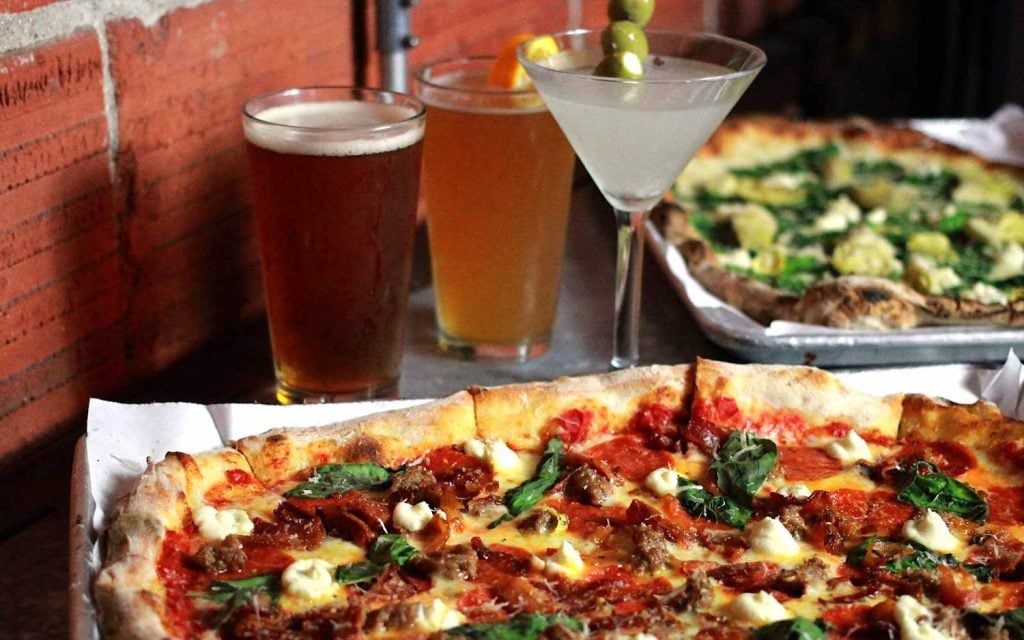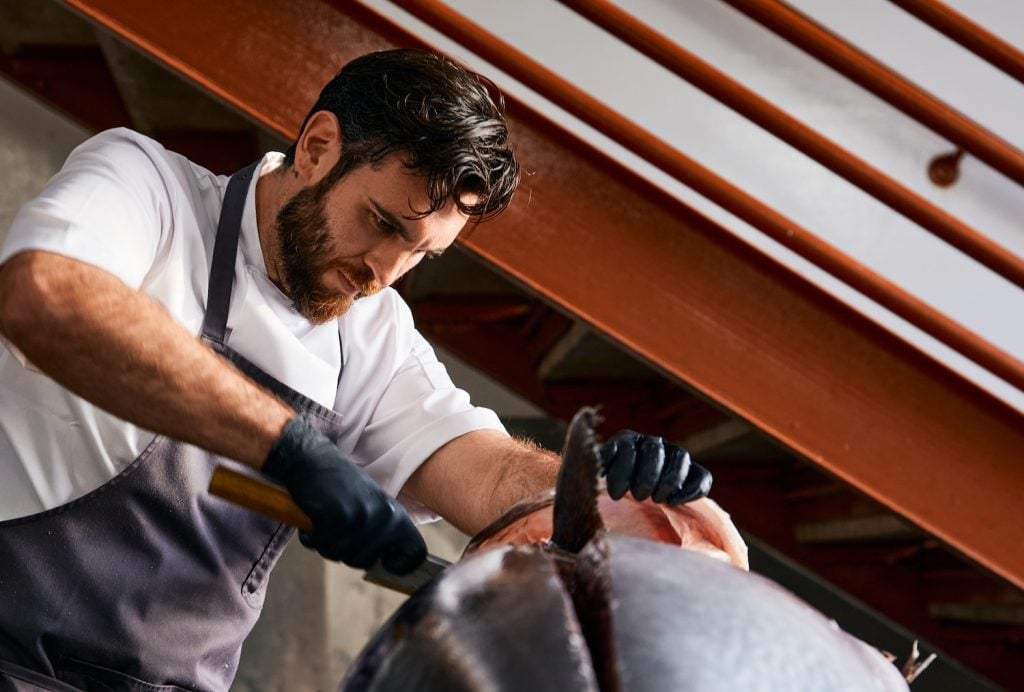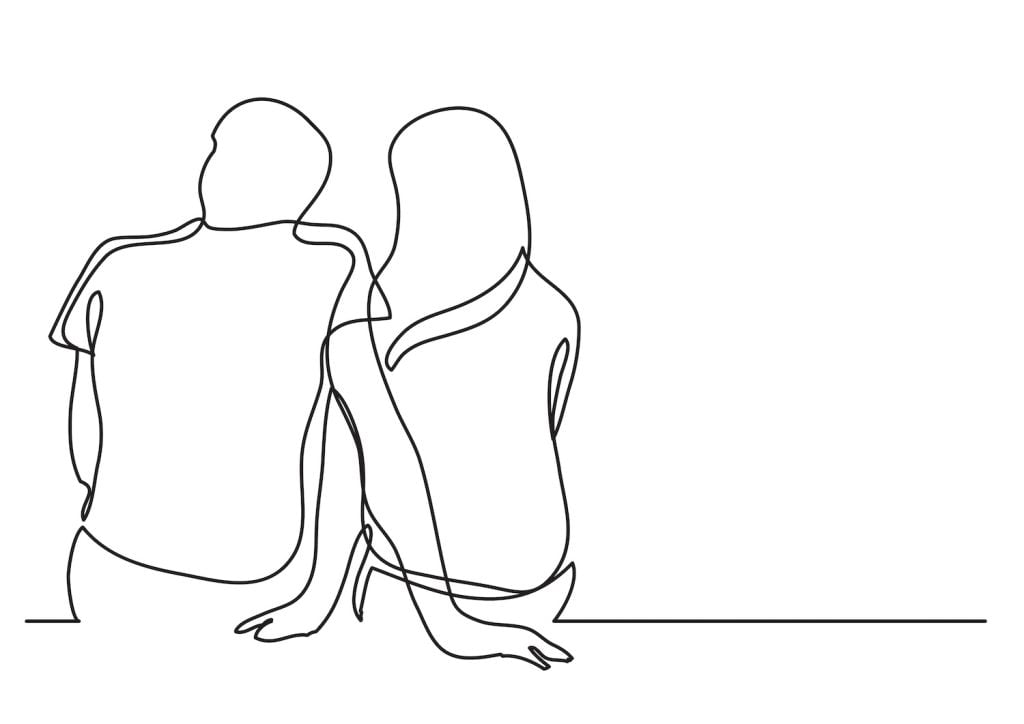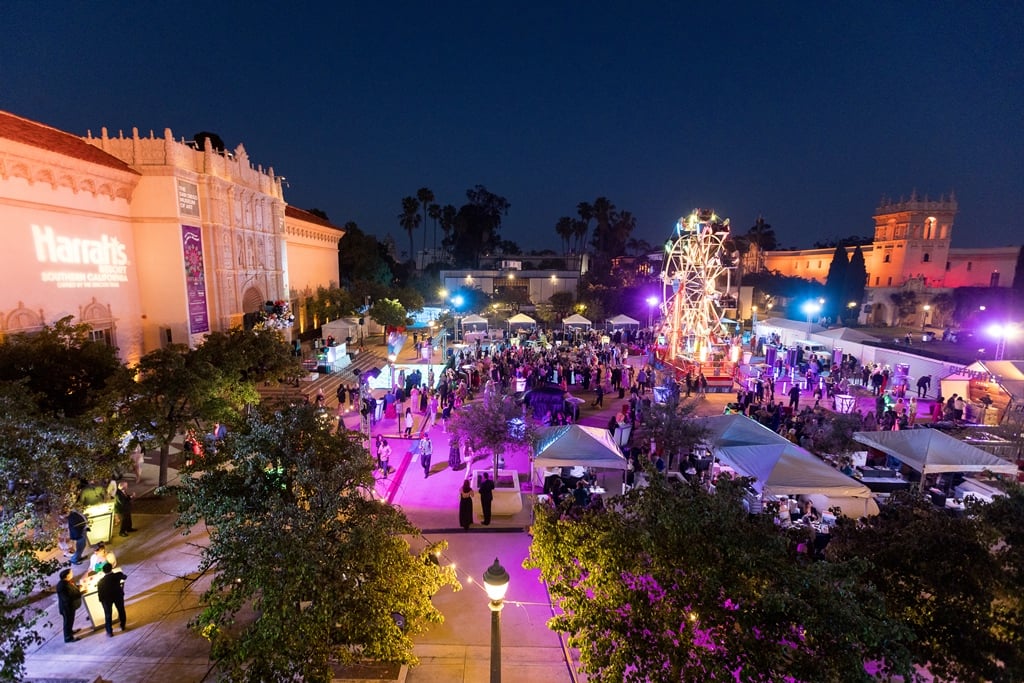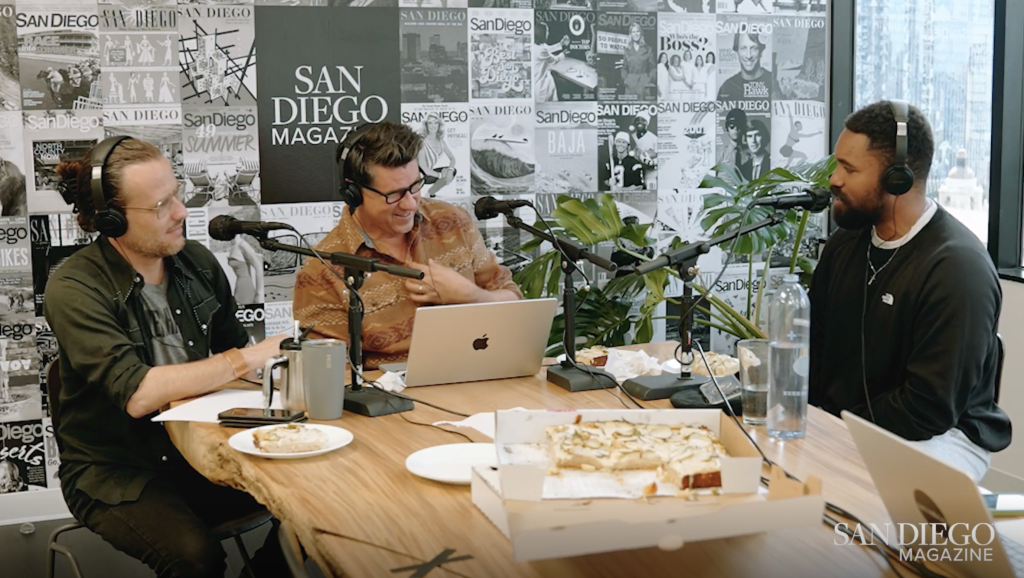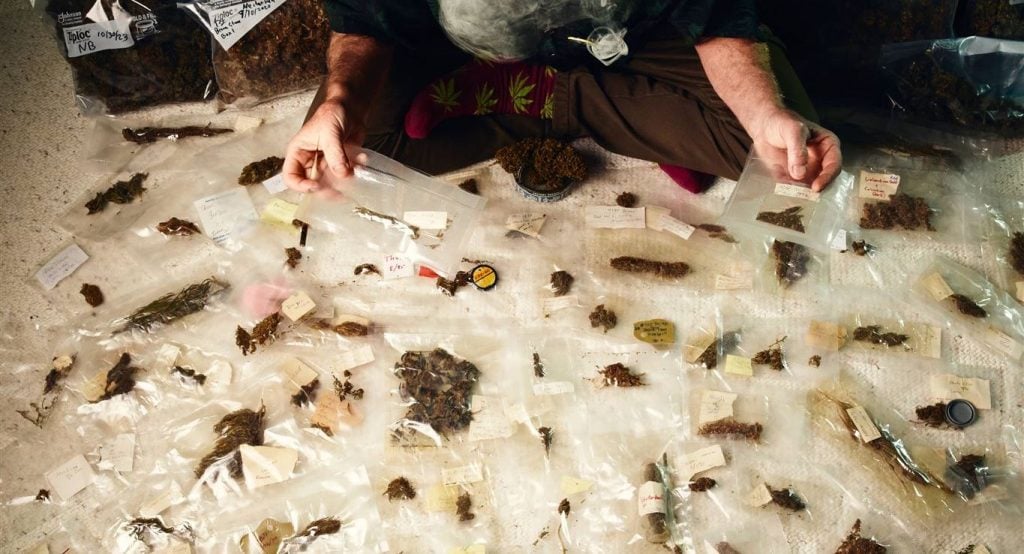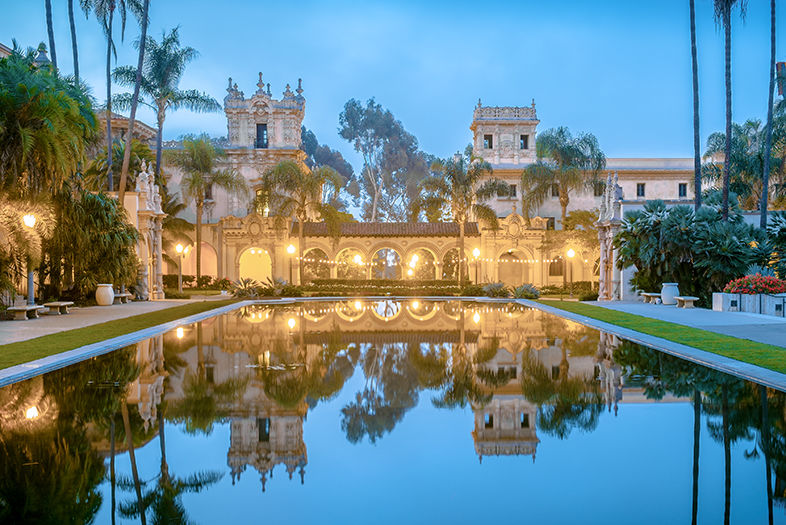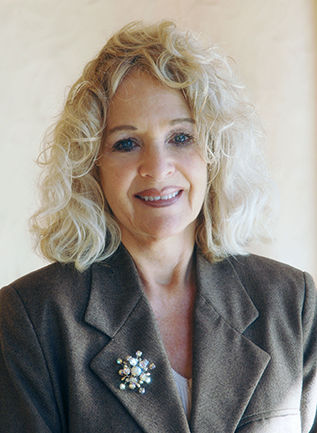
The Real Meaning of 2015
Charlotte Cagan
The 1915 Panama–California Exposition was the most exceptional moment in the history of San Diego. Nearly four million people from every state and 20 countries descended on an upstart town of 39,000. Like at other world’s fairs of the era, visitors were lured by the happy collision of the fantastic and the futuristic, the phantasmagorical, and the pedestrian. Designed to be “an intoxicating mixture of estheticism, materialism, and nostalgia,” the Expo featured an on-site film studio and the world’s largest cafeteria, international road races, and Electriquettes (electric-powered carts). The Isthmus (“pleasure street”) offered up exoticisms from China Town, with its faux opium den, to an ostrich farm in an Egyptian pyramid. There were Marine encampments and parades, orchards and formal gardens, a 6,000-foot roller coaster, and a large dance hall with live orchestras. Visitors toured a gem mine, an aquarium, and a model bungalow. The New Year’s Eve opening was a blockbuster, with President Woodrow Wilson in Washington, D.C., powering up the Expo via a telegraph button (the spark caught on a wire in the Science and Engineering Building to ignite the power) and a huge skylight illuminating a 3-mile vista. Mortar men fired missiles. Eight searchlights from the USS San Diego in the harbor threw their beams on the California Tower. There were bonfires on the hills and mountains, and 1,000 mines on the Expo grounds exploded as guns fired at Fort Rosecrans. Nine torpedo destroyers and two submarines saluted.
The 2015 centennial doesn’t aspire to the achievements of 1915, but it should inspire us to rediscover our own audacity.
For the small group of Expo planners, the goal was profoundly pragmatic: to put fledgling San Diego on the world map and galvanize its development. Taking advantage of the opening of the Panama Canal and the zeitgeist of the early 20th century, Expo planners marketed Southern California as a land of optimism and opportunity and San Diego as the new gateway between the East and the West. Boosterism held sway. Carved from imagination and grit and financed by municipal bonds, the two-year mega-event challenges San Diegans to this day to replicate its leadership, vision, and moxie.
While post-1916 San Diego adopted a more casual pace to metropolitan growth, the most immediate legacy of the Exposition was Balboa Park, a Spanish city sprouted from a scrubby mesa that evolved into the nation’s largest urban cultural park.
Was the promise of 1915 fulfilled? We’ve become global innovation center with leading high-tech and biotech sectors and an essentially “clean” industrial base; multiple noble laureates and prestige academic institutions reside here; our region aggregately represents the largest military facility in the world; biologically and ethnically, we are richly diverse and increasingly binational. Yet San Diego still seems an unrealized dream, a somewhat undefined metropolis, its forces not quite gathered, its pride of place still uncertain. One hundred years later, though, Balboa Park still breathes as San Diego’s cultural epicenter. The 2015 centennial commemoration doesn’t aspire to the achievements of 1915, but it should inspire us to rediscover our own audacity.
Charlotte Cagan is the executive director of the San Diego History Center. The documentary Balboa Park: The Jewel of San Diego is shown there daily in the Thornton Theatre.
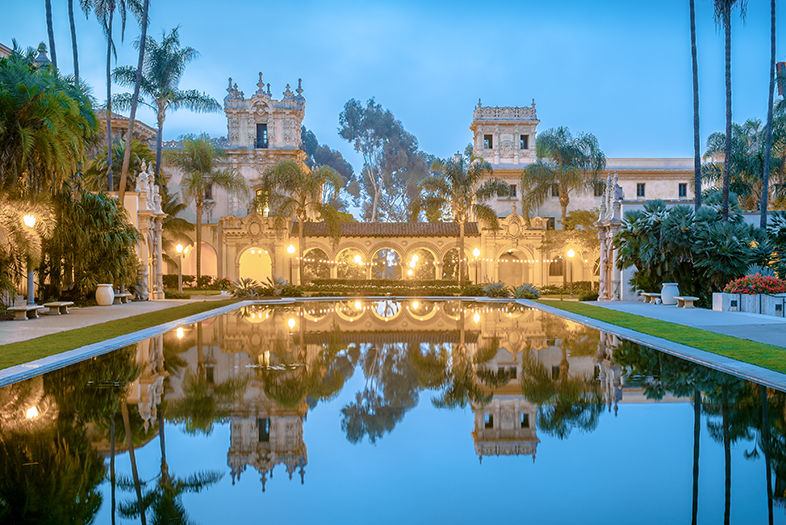
The Real Meaning of 2015

